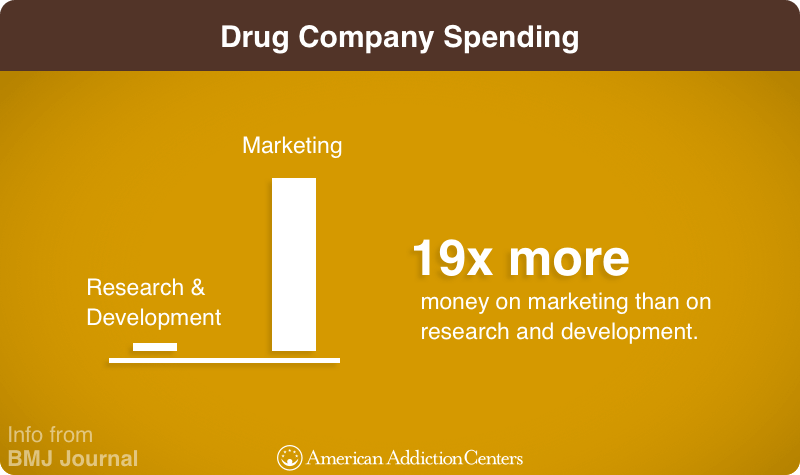While it is very important to preserve a written summary, not every element of a strategy can be taken into composing. At many points during a session, a therapist is preparing what to state next, with goals to offer choices to the client anywhere therapeutically practical so that the client will be empowered by the act of selecting in the interest of restorative change.
When the client has actually agreed to engage in planning, therapists then ask if the client has issues or issues on which the plan can focus. If the customer mentions more than one, the therapist notes each one and asks the customer to prioritize them. Starting with the customer's meaning of the issue, even if the customer sees the problem outside the domain of substance use, gets the client's participation in planning.
( To develop connection, the therapist is motivated to listen thoroughly and empathically before the therapist starts writing.) Then therapists can read back to their customers what they wrote, asking if the composed statement records the client's concern, and modifying the wording if required according to the client's tips. When a customer is vague, verbose, or unpredictable in describing an issue, it is necessary for the therapist to work out and help refine the wording of the problem declaration into one the customer will endorse.
The therapist then asks the client's reason for concerning treatment, taking care not to suggest that the therapist concurs the client has no good reason to be present. In action, clients referred for compound usage screening or treatment frequently reveal or reiterate external pressures placed on them to go to.
Excitement About What Is The Operational Recovery Of Addiction Treatment
Such clients might state they do not see their compound Find out more use as a problem despite the fact that another person says it is - how to talk to employer discretely about needing treatment for addiction. The therapist can reframe this encumbrance as the client's issue to be attended to. For instance: To generate participation from a customer who feels coerced into therapy, the therapist's message is, "Well, as long as you have to be here, is there anything you and I could talk about or sort through that would deserve your time?" As soon as the therapist has a company conception of the customer's definition of an issue and a sense of the client's inspiration to deal with it, the therapist focuses on articulating relevant objectives and corresponding goals, which can be discussed as steps towards an objective.
At the start of preparation treatment, the customer might report numerous difficulties, a little number, or none at all. The therapist improves the focus by helping the customer select a practical variety of concerns to target. For customers with clear concepts about personal objectives and priorities, this part is not tough.
The therapist can acknowledge the legitimacy of all the client's revealed issues and still encourage sharpening the focus of the treatment strategy. When customers reject any problem or can not think of a specific one, the therapist can produce momentum by reflecting one complaint the client has mentioned already even if the customer did not identify it as a focus for therapy.
The therapist who responds, "You're informing me the primary thing you want out of coming here is to get out of difficulty by pleasing the judge's order that you get therapy. I 'd say that's something we can work on together," will typically get the customer's determination to continue the discussion.
Cities Where Where Mental Health Facility Addiction Treatment Services Fundamentals Explained

A sample plan composed to reflect such a discussion between a court mandated client and his brand-new therapist is presented in Table 1. Table 1. Initial Treatment Prepare For Cody, Customer Diagnosed with Alcohol Use Disorder Evaluated in Precontemplation Stage of Preparedness for Change Issue: Cody has been ordered by Judge Carson to complete 25 hours of alcohol treatment subsequent to Cody's arrest for driving under the impact of alcohol.
Objective: To satisfy the judge's order so that present legal difficulties can be fixed. Objective: Clarify all jobs that will require to be finished to fulfill the commitments of the judge's order. Approach: Bring copy of court order file to next session with the therapist. Method: Discuss alternatives and priorities in next session. what form is needed to receive shipments of narcotics for treatment of addiction.

Goal: To prevent similar troubles in the future. Objective: Determine any lessons gained from present circumstance. Technique: evaluate the scenarios leading up to, during, and after the DUI event. Approach: Talk about actions client can take to avoid comparable circumstances from recurring When customers feel they share consensus on goals with their therapists those goals established through active partnership treatment dyads might get quite specific in their treatment strategies.
Customers may consent to research assignments like keeping records, completing surveys, trying new habits, writing journals, or exploring other expressive channels like art or music or poetry. And if they show uncertainty at the word "homework," another detailed term can be negotiated to describe activities the client participates in between sessions to continue approaching therapy goals.
What Must Be On A Prescription For Opioid Addiction Treatment Massachusetts Things To Know Before You Buy
The literature reveals increasing empirical assistance for individualized treatments instead of only standardized treatment utilizing manuals. This follows long-standing require customizing mental health counseling and treatment to each individual within their cultural and ecological spheres. From this viewpoint, practitioners might generate treatment strategies by sharing hypotheses with customers about what functions their problematic symptoms serve, along with what it would require to alter those patterns of cognition, feeling, and action.
As Langkaas, Wampold, & Hoffart (2018) to name a few have noted, effective professionals keep track of identified indicators of customer modification and treatment development gradually to help decide when to continue Learn more with a prepared course of intervention, when to modify the intervention technique, and when to terminate an intervention. An appealing technique is described by Mumma, Marshall, and Mauer (2018 ).
In addition, they suggest developing a special procedure relevant to the specific customer for the client to finish on a routine basis gradually to track reactions to treatment. The personalized procedure would ideally include some general and some person-specific products across various domains of expression, and the material, frequency, and period of each assessment episode might be determined in the collaborative conversations associated with developing this type of treatment strategy.
In a lot of cases, nevertheless, clients may not see the significance of setting goals and hypotheses, may decrease to agree to or total research, and may not respond genuinely or at all to repeated steps about elements of treatment. In such treatment preparation situations, the therapist can use versatile responding and inspirational speaking with to attend to ambivalence and resistance that not surprisingly occur over a course of treatment, and ideally build up to a collective interaction in time.
Little Known Facts About What Is Cognitive As A Treatment For Drug Addiction By Sofuoglu.
They might be unclear or unpredictable about planning treatment if they have actually come at the urging or requirement of another person. Even if inspired throughout sessions, in between sessions customers find that other prompts and cravings contend with working on treatment goals. Thus, it is crucial for professionals counseling customers who show issues with alcohol or other drug usage to learn how to successfully work with customer resistance to treatment preparation.